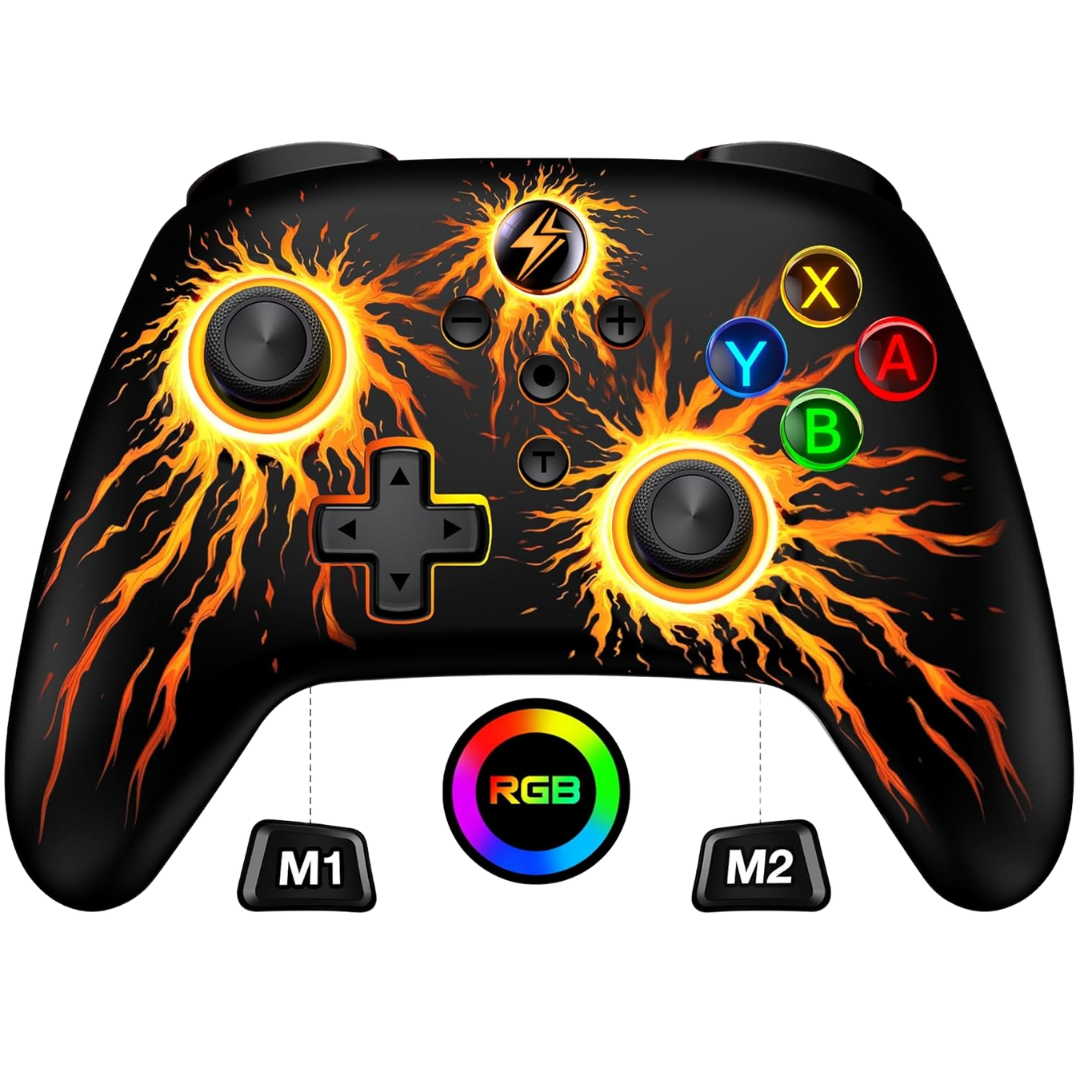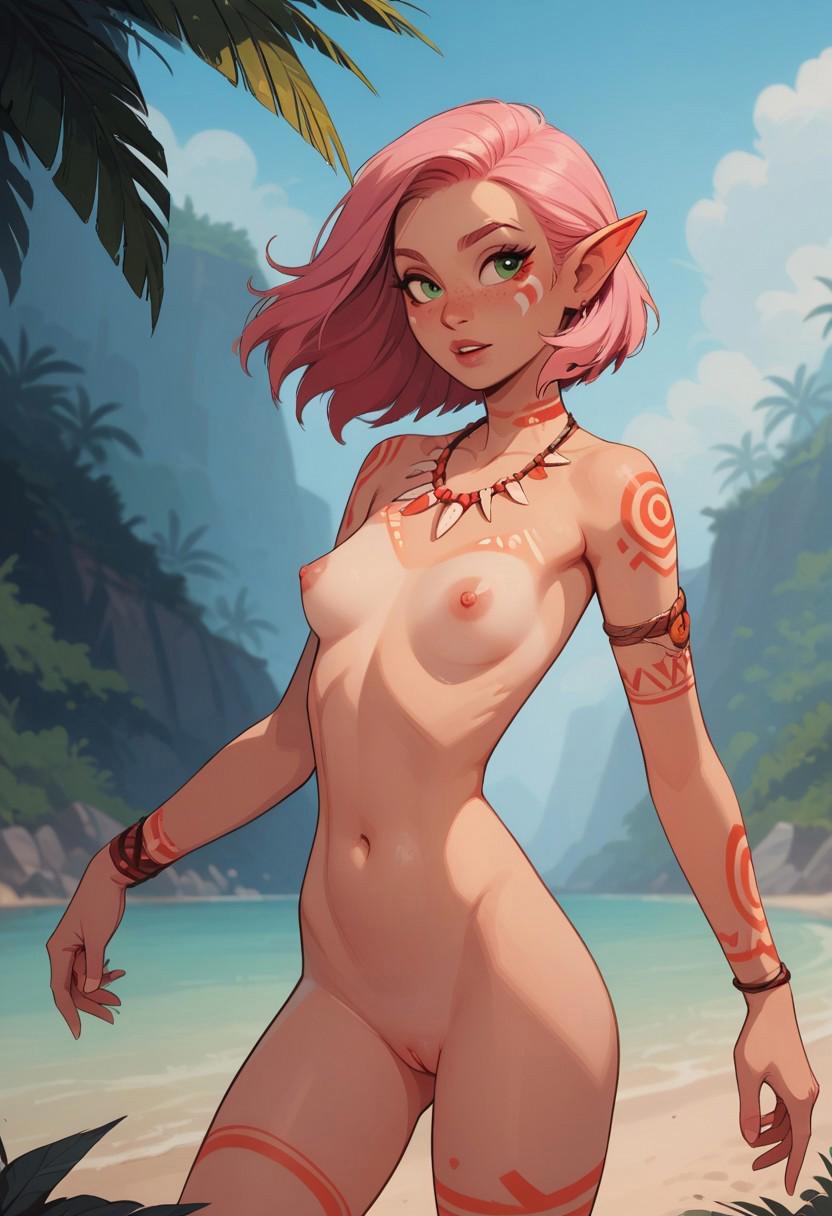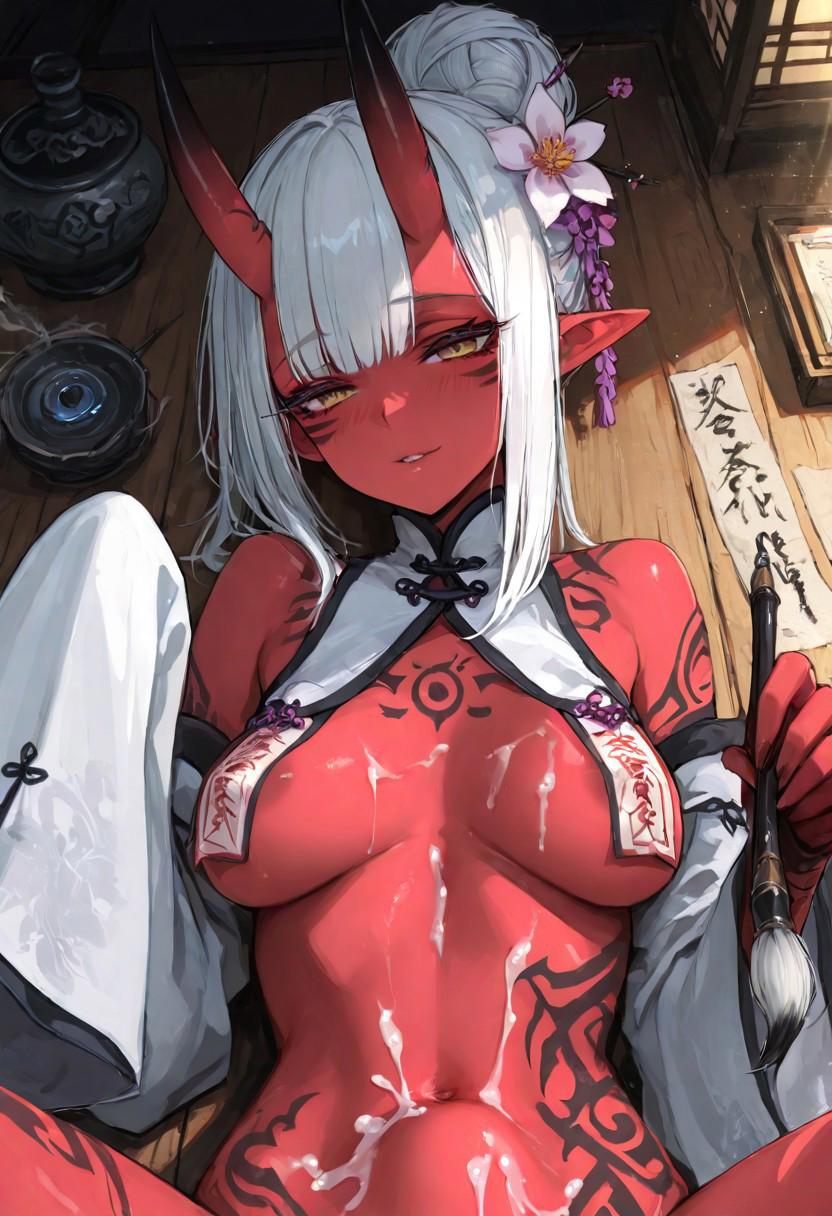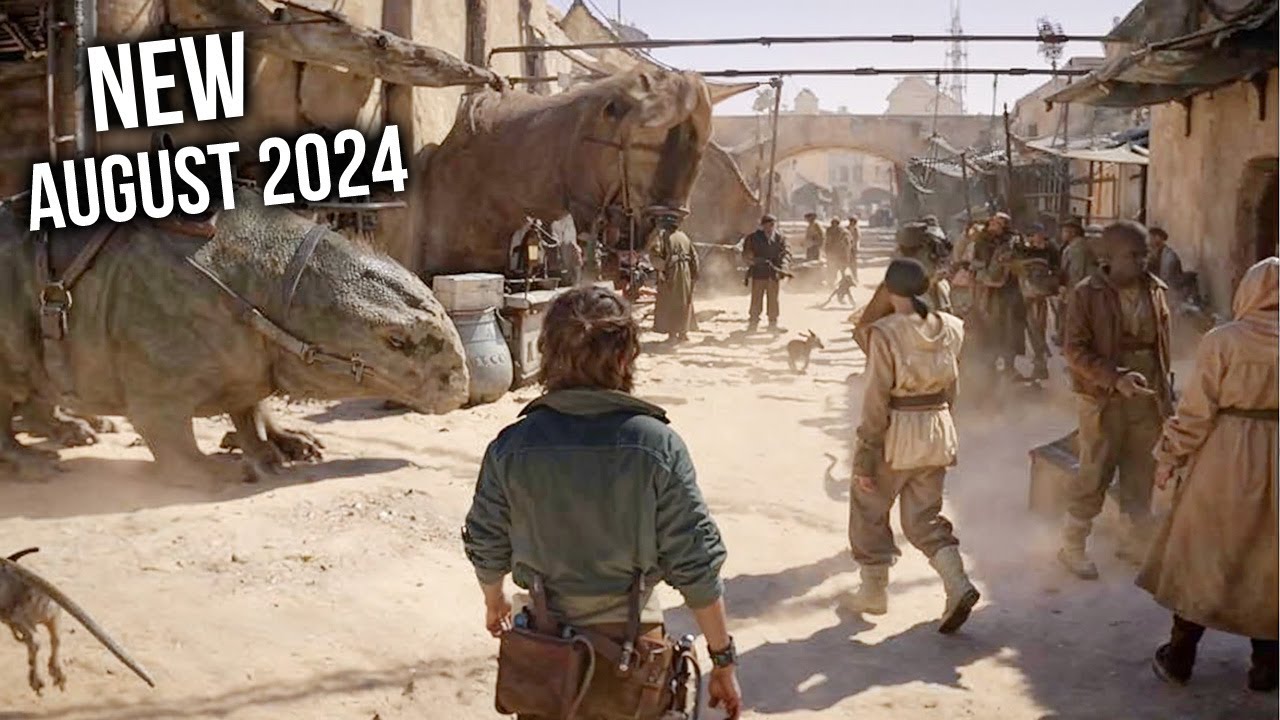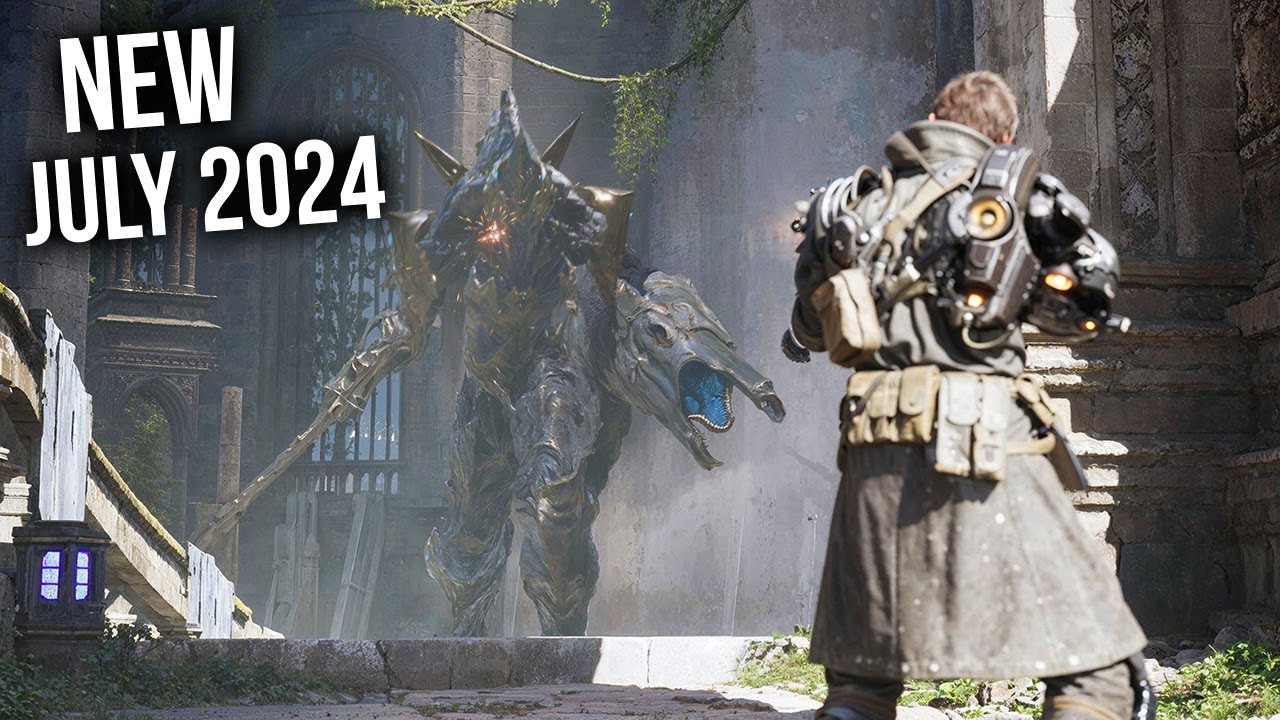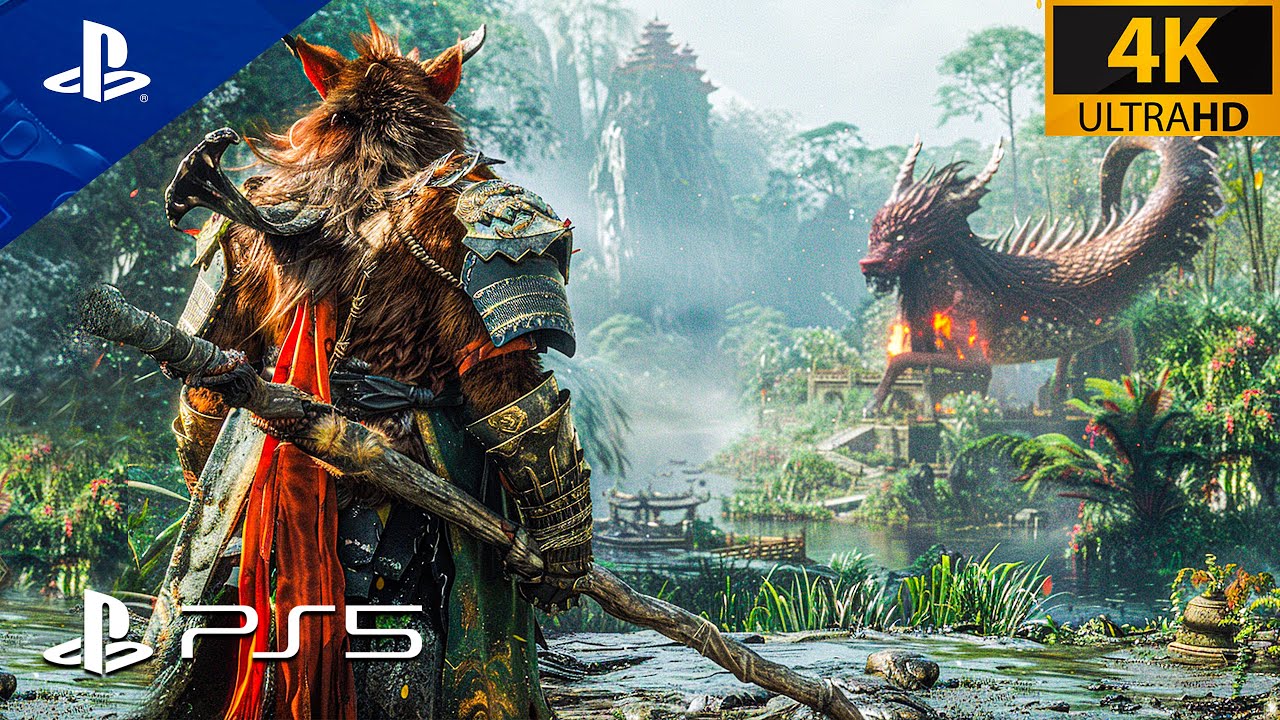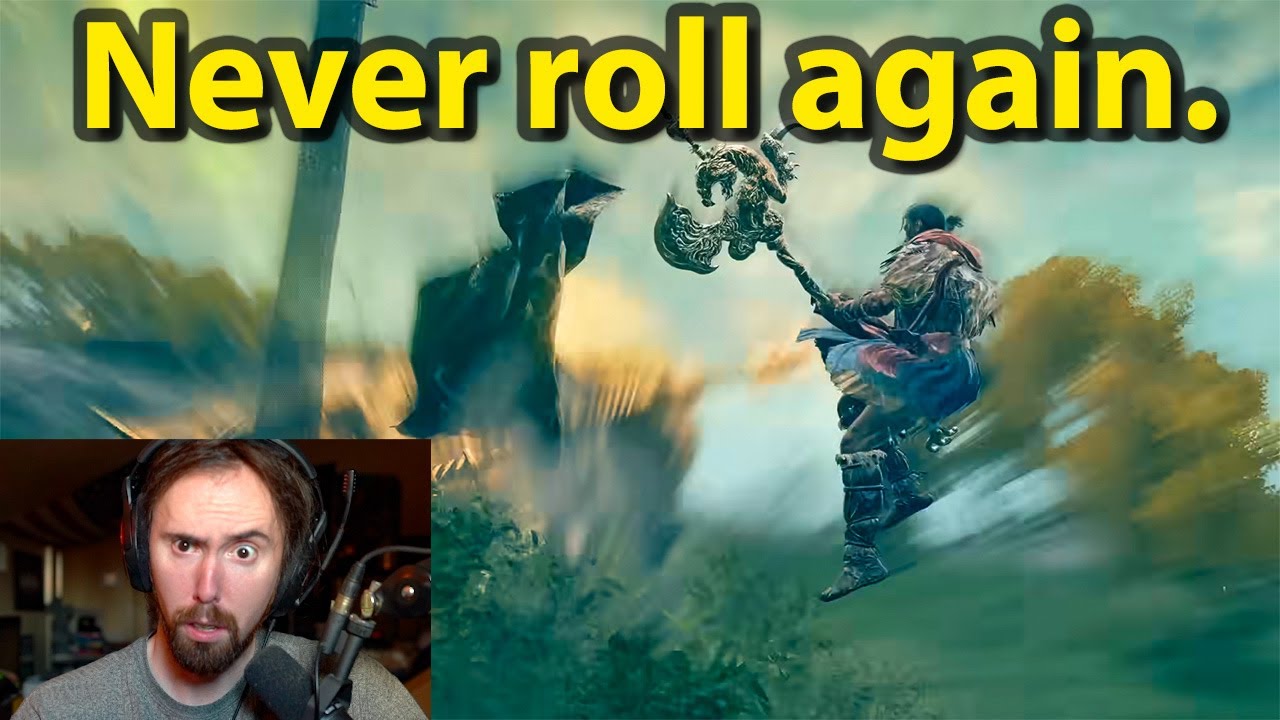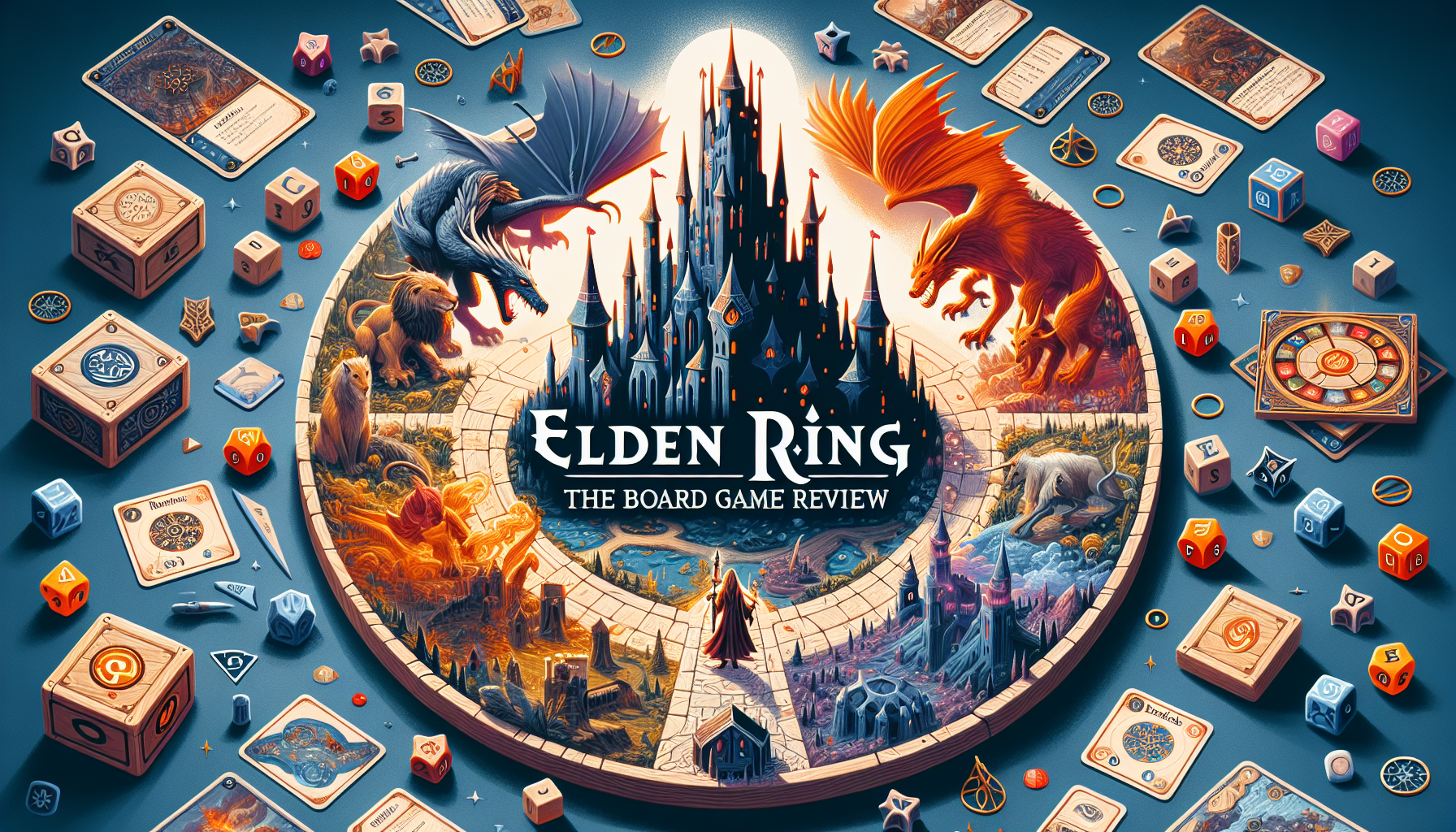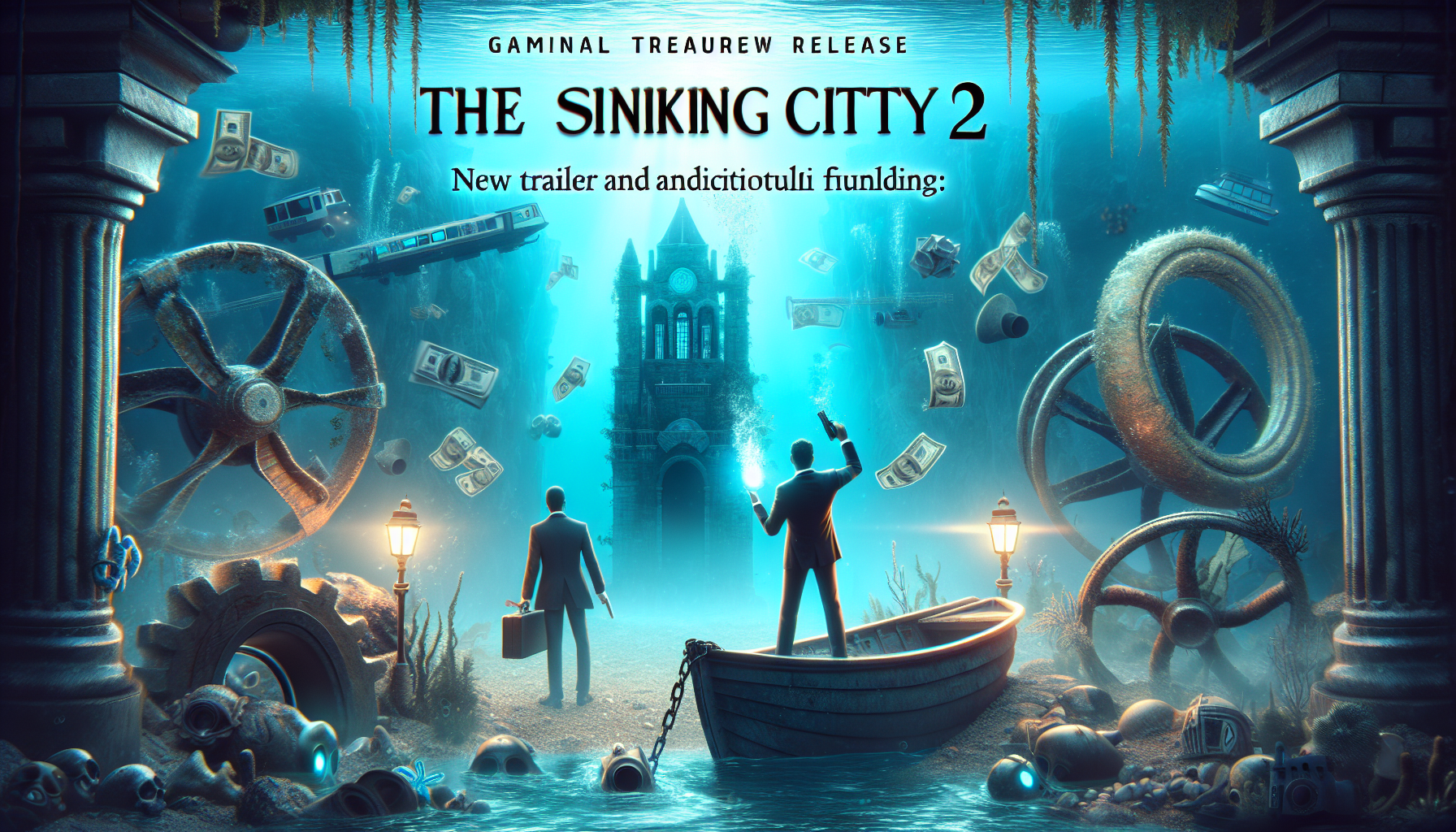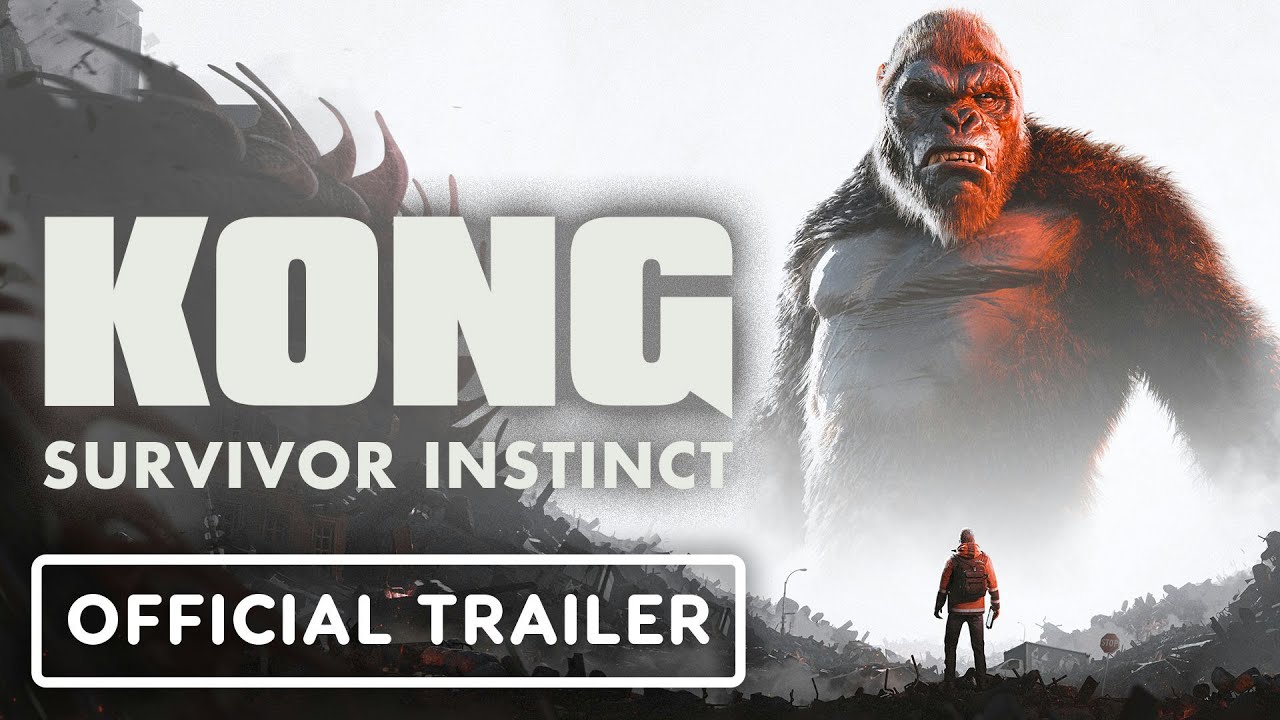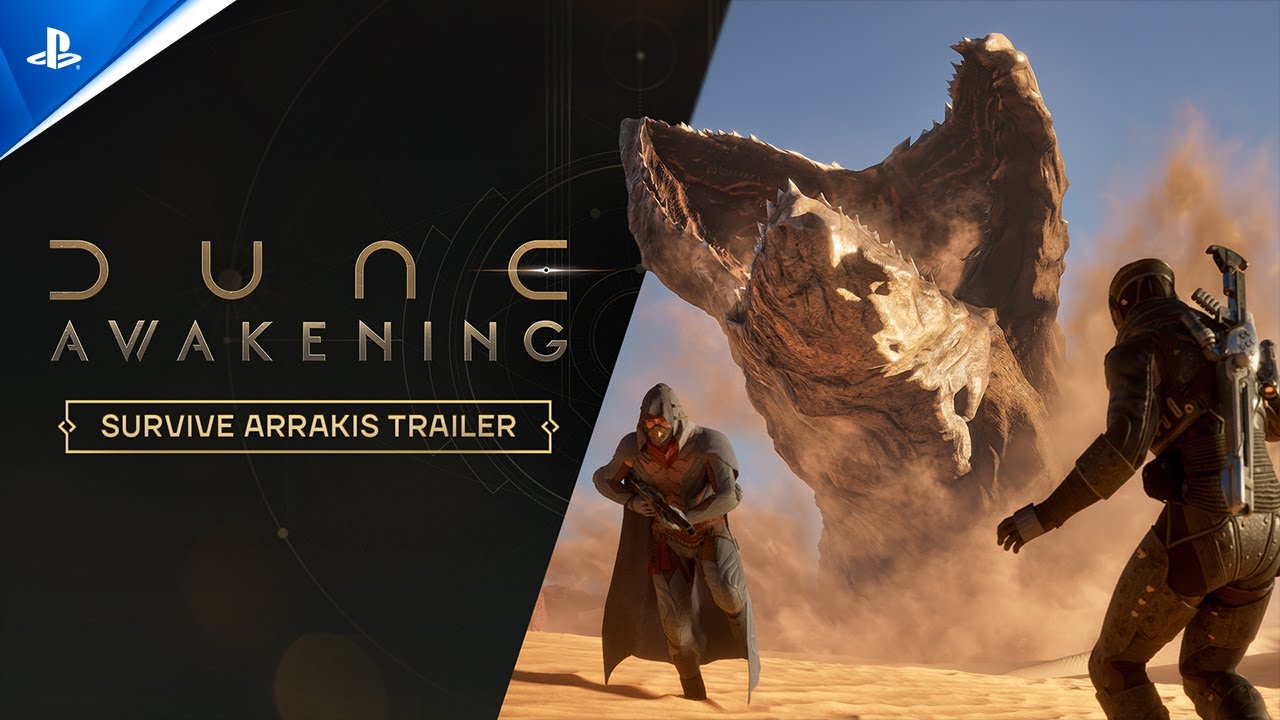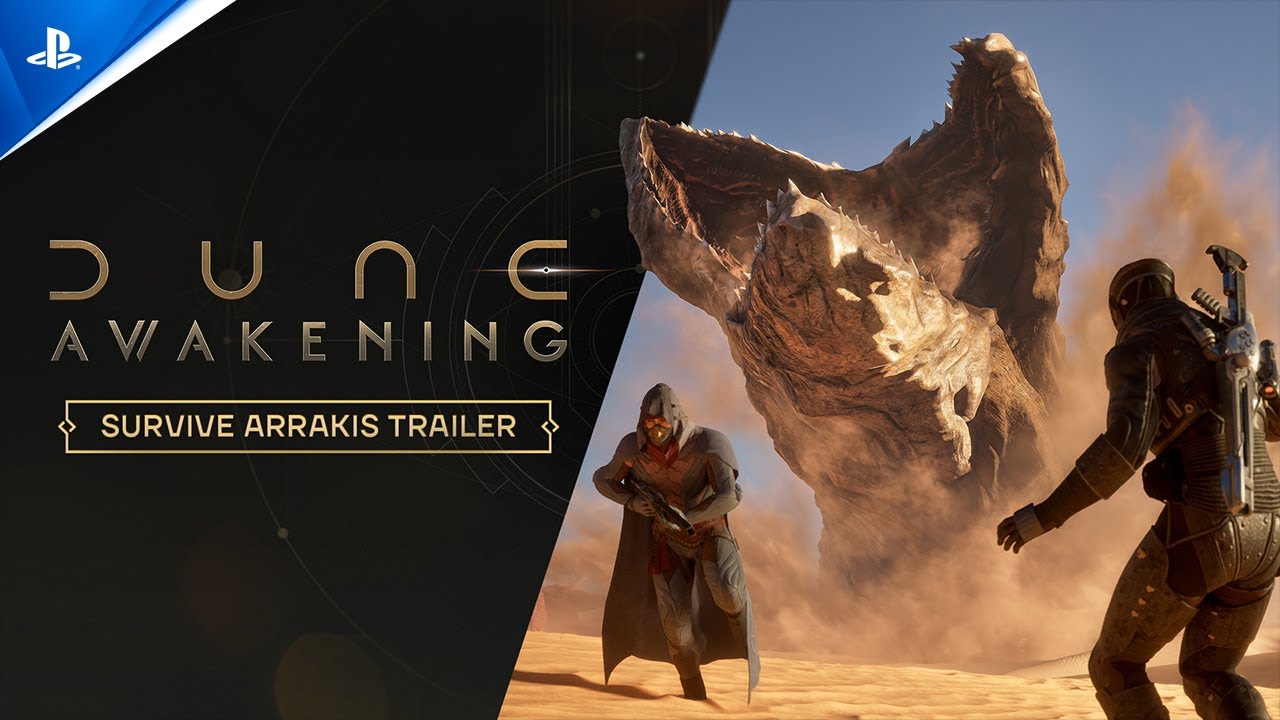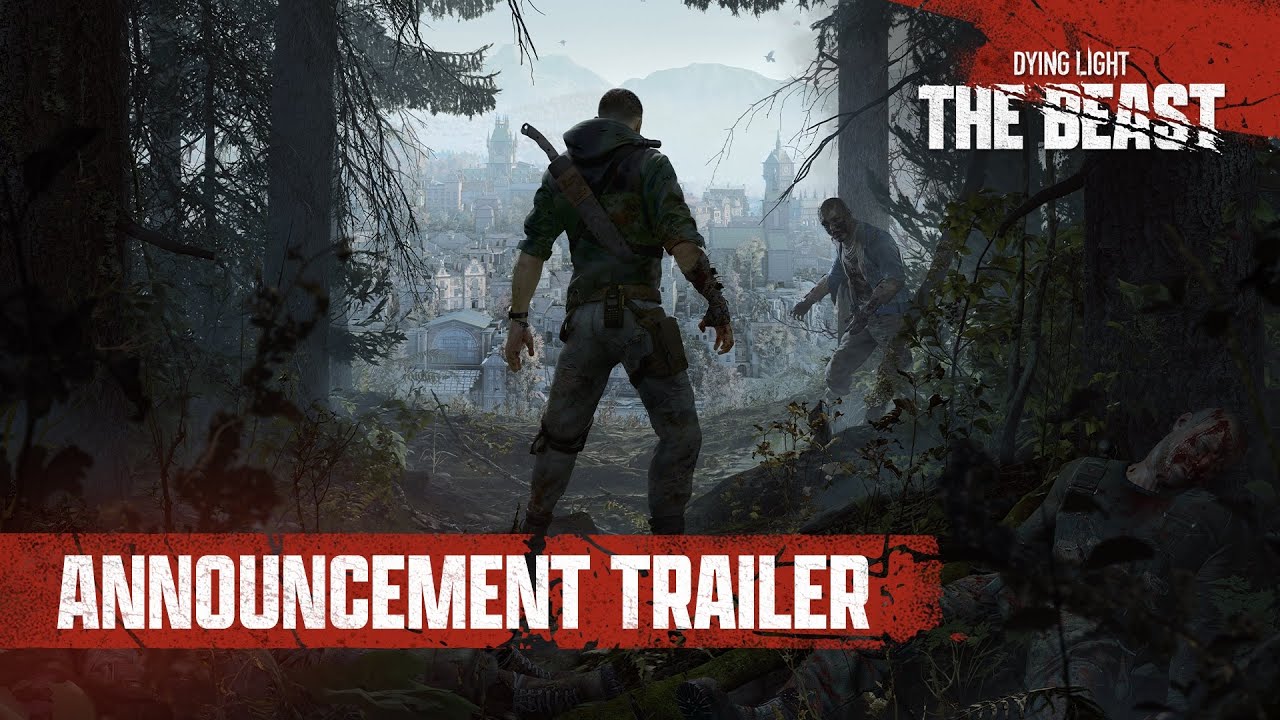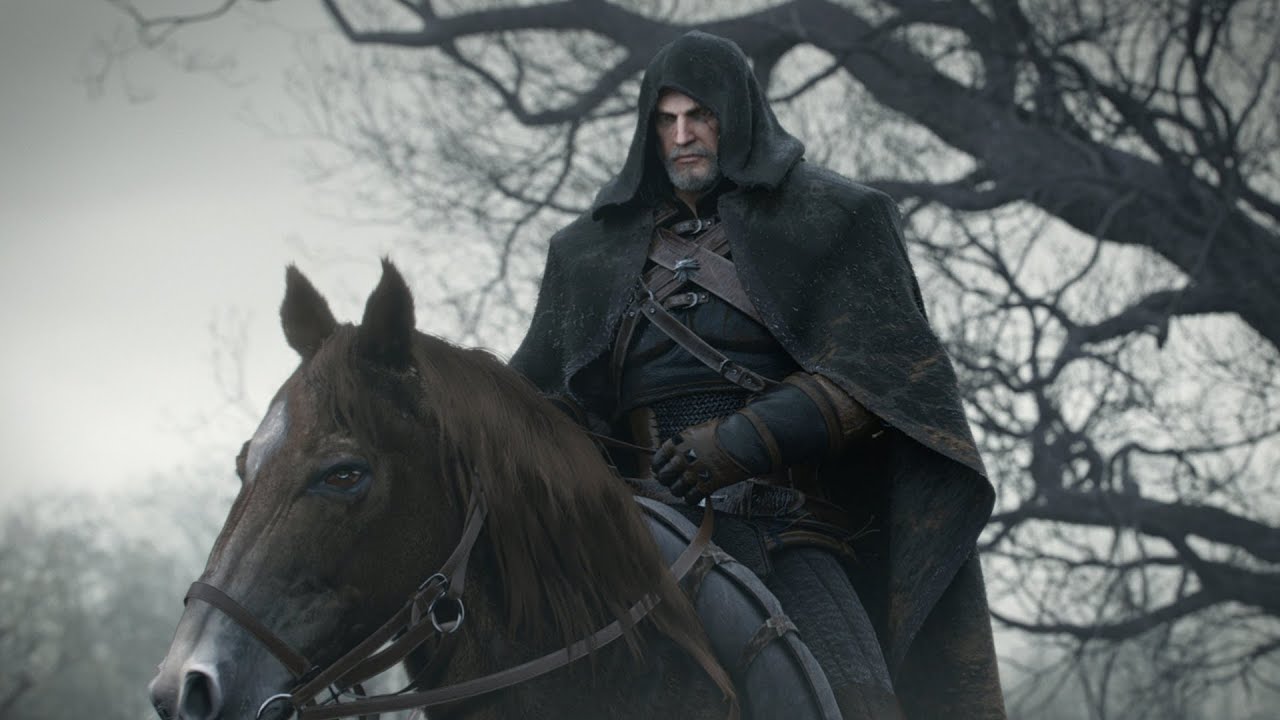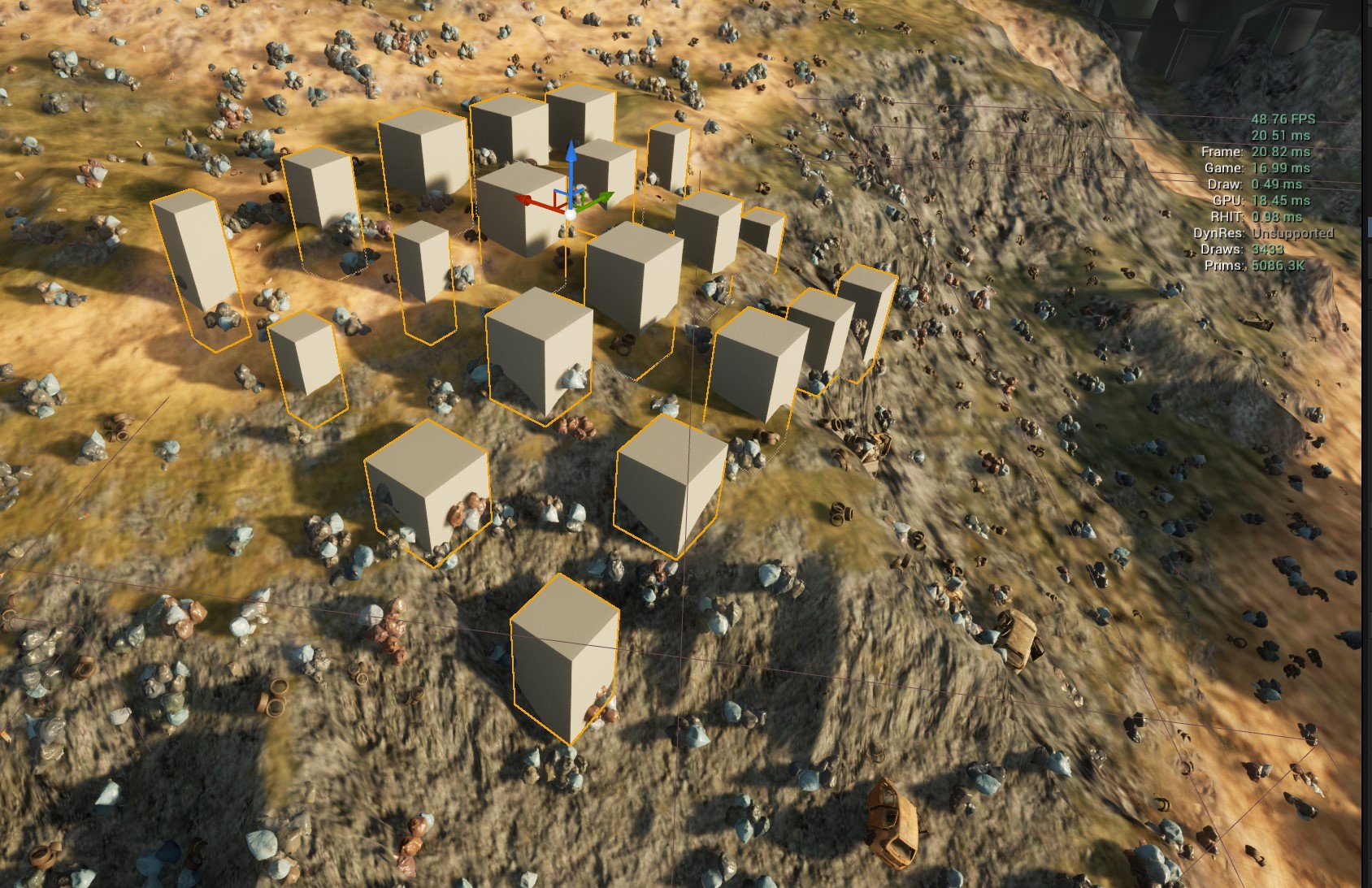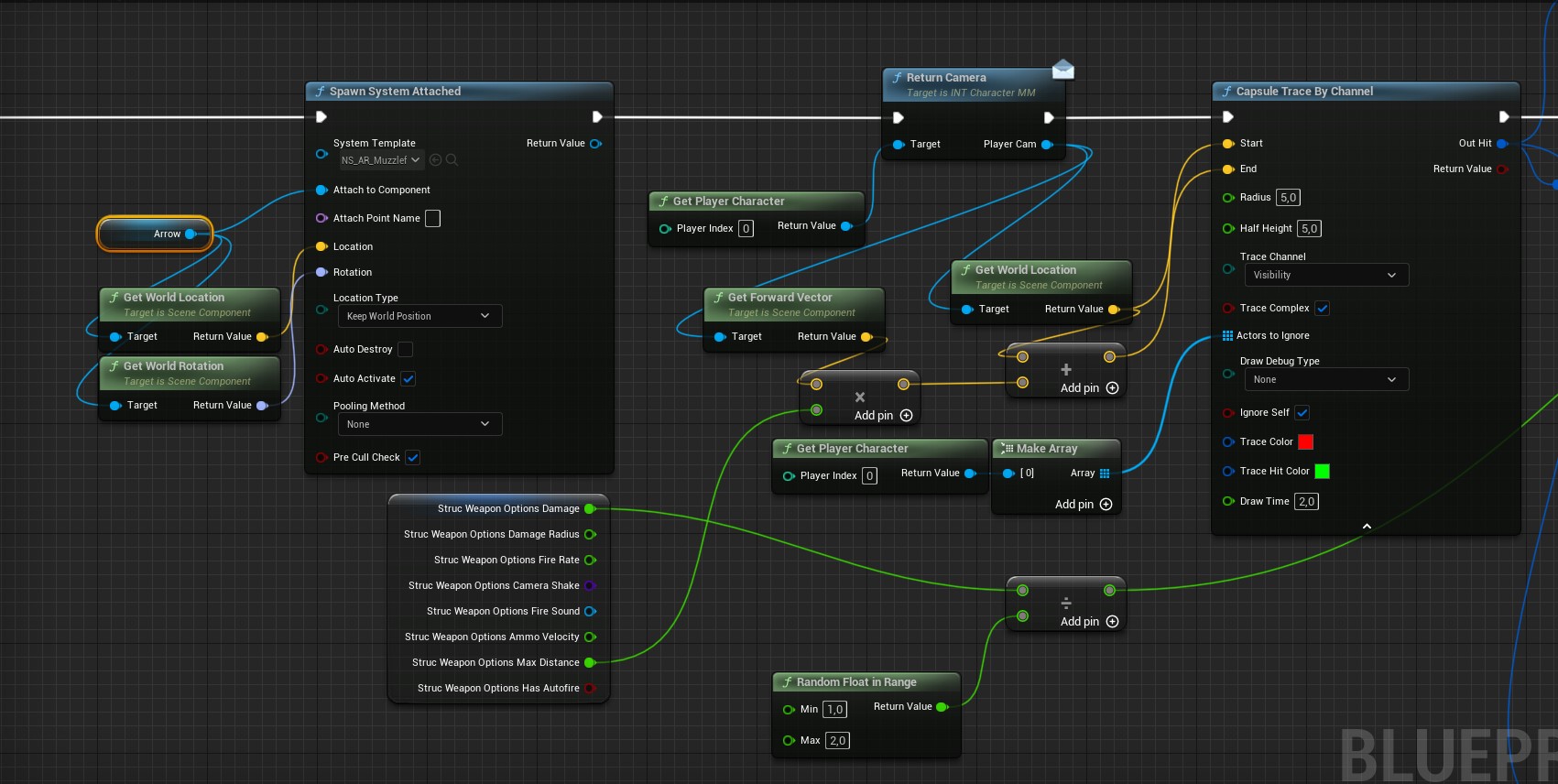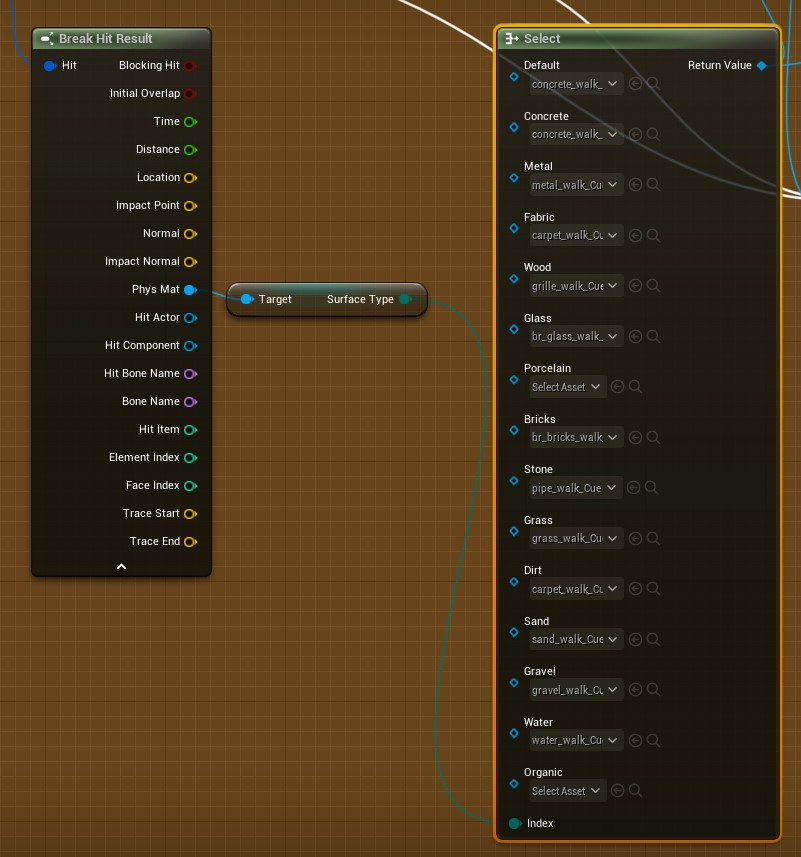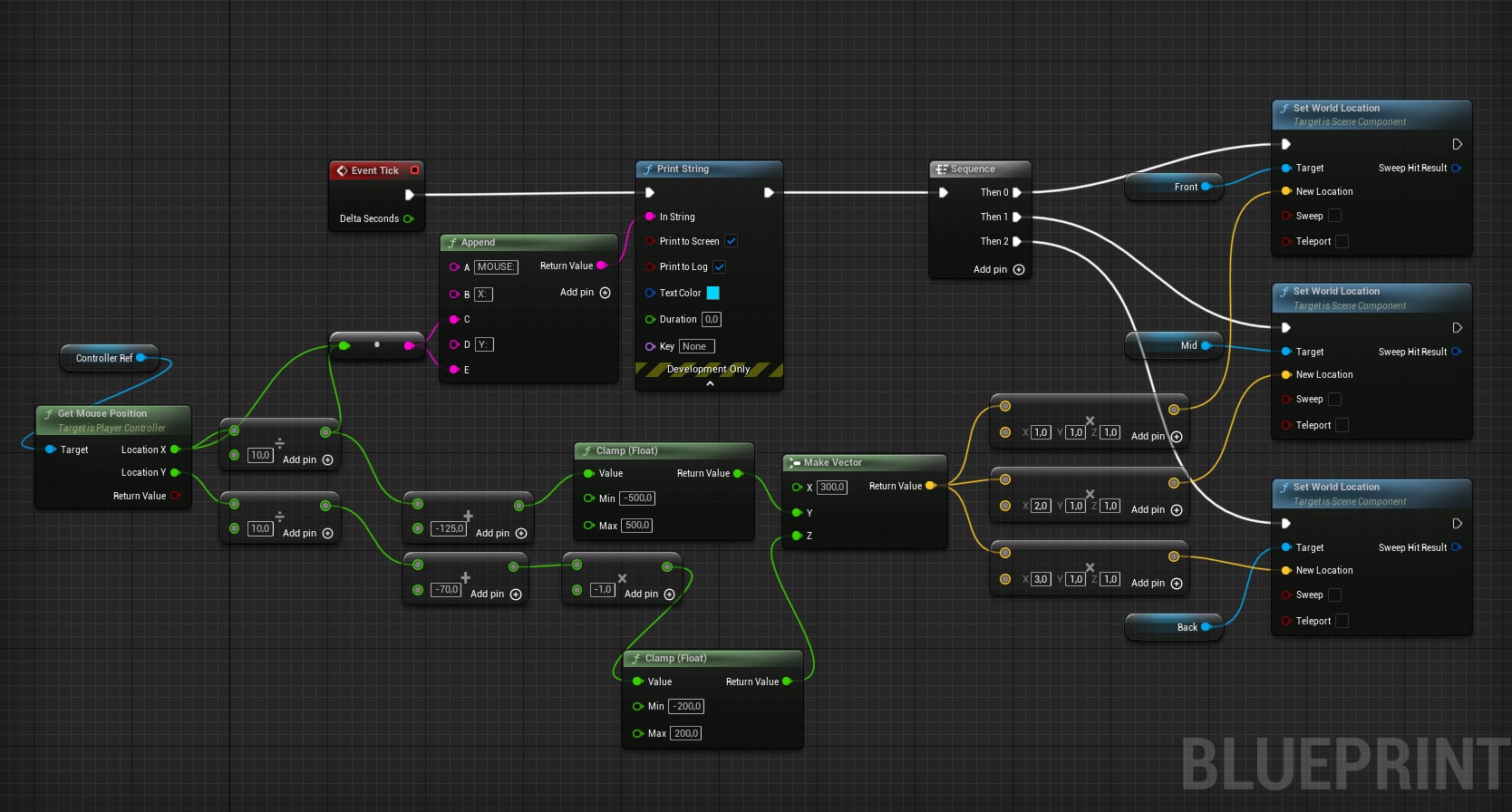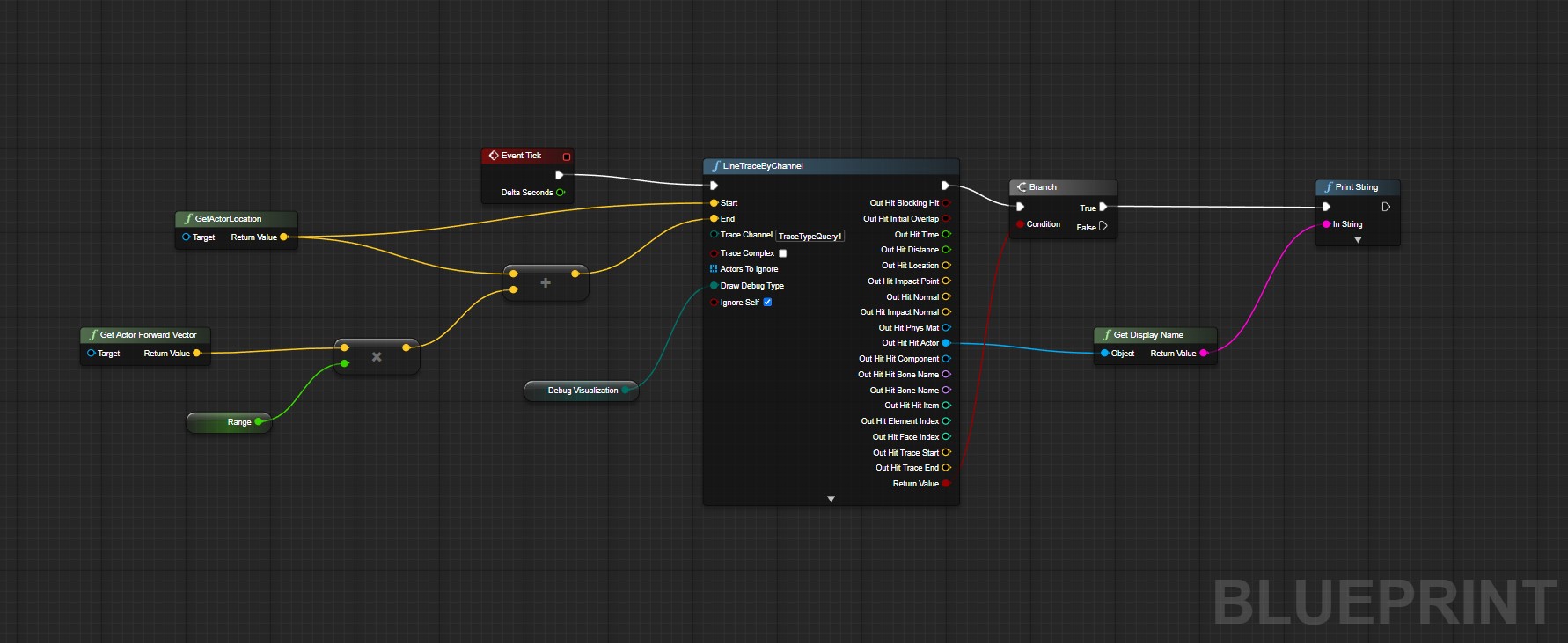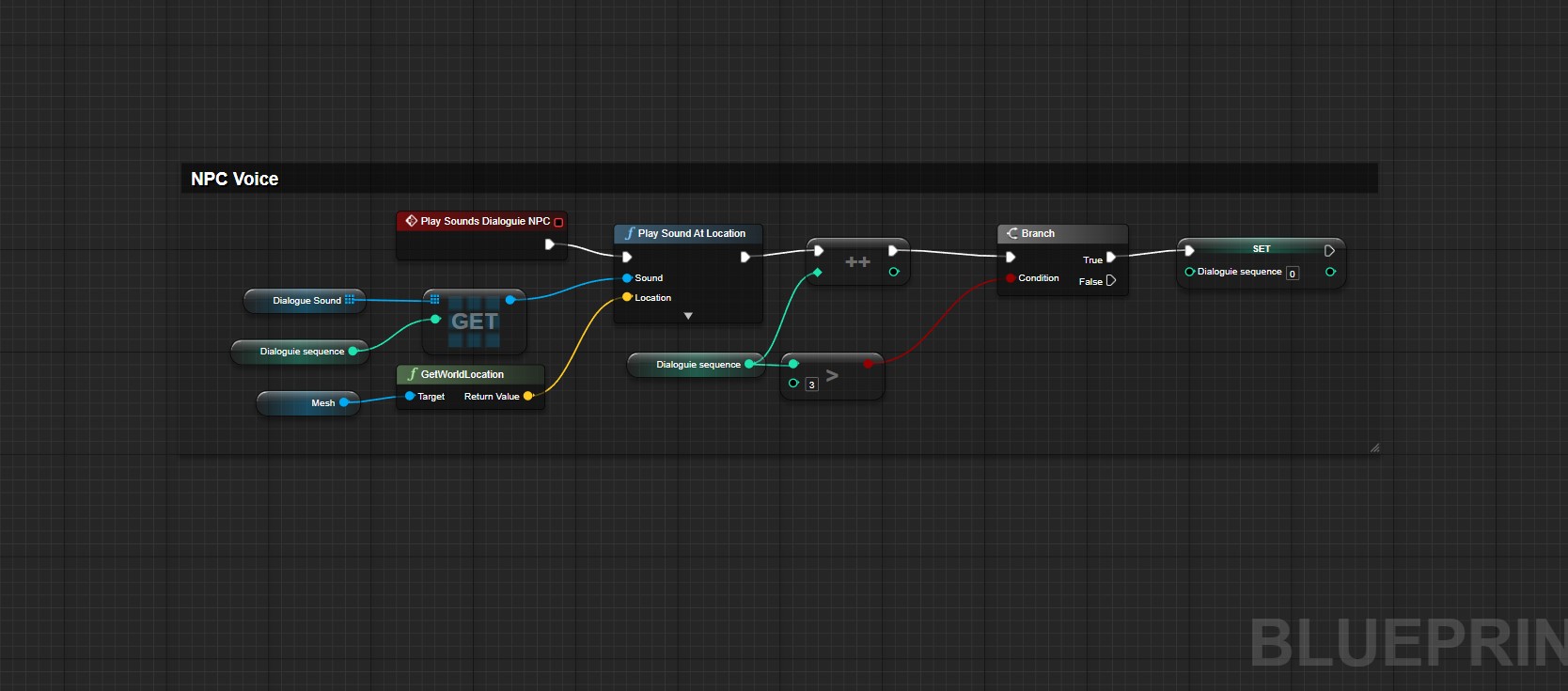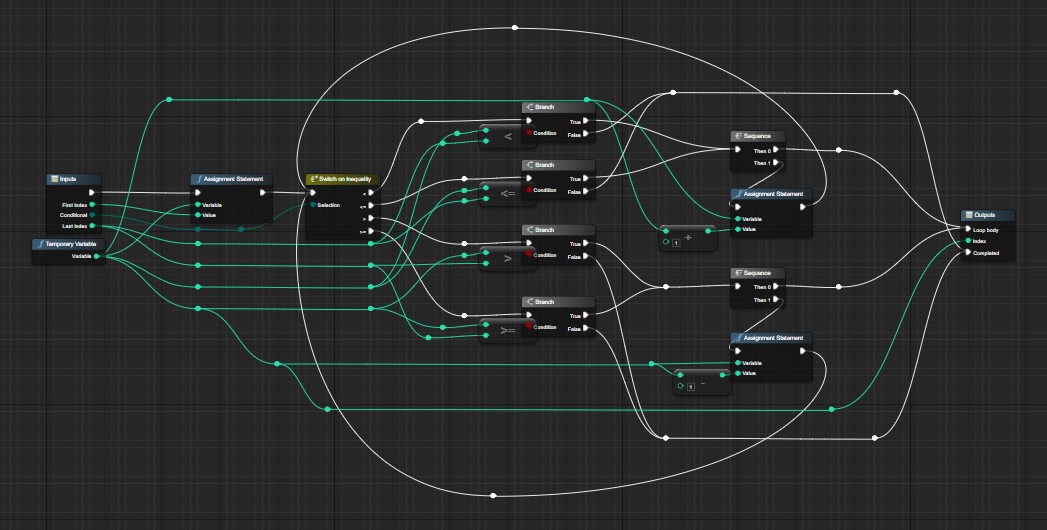As the excitement for “Monster Hunter Wilds” builds towards its release on February 28, 2025, fans of Capcom’s legendary franchise are preparing to dive back into the intricately woven world of beast-slaying adventures. With a rich tapestry of games spanning over two decades, understanding how to play the Monster Hunter games in order can enhance the experience for both newcomers and veteran hunters alike.
## The Evolution of Monster Hunter: A Brief History
The Monster Hunter series, which celebrated its 20th anniversary last year, has become a cornerstone of Capcom’s legacy, boasting a multitude of titles across various gaming platforms. Since its inception in 2004, the series has evolved from its humble beginnings on the PlayStation 2 to captivating millions worldwide with titles like “Monster Hunter World” and “Monster Hunter Rise,” now recognized as Capcom’s two best-selling games globally.
To truly appreciate the series, it’s essential to walk the chronological path of the twelve most pivotal games that sculpted its legacy.
## From Humble Beginnings: The Core Games of Monster Hunter
Starting with “Monster Hunter” (2004), gamers were introduced to a new genre that combined action with RPG elements, setting players on quests to defeat colossal beasts. This foundation was built upon with subsequent titles like “Monster Hunter Freedom” (2005), designed for portable play on the PSP, and “Monster Hunter 2” (2006), which introduced dynamic elements like the day-night cycle.
The third installment, “Monster Hunter 3” (2009), debuted on the Wii, refining underwater combat and expanding the universe with new monsters and environments. As the gaming landscape shifted, Capcom embraced portable gaming again with titles like “Monster Hunter Portable 3rd” and the globally beloved “Monster Hunter 4” (2013), which enhanced player movement and vertical combat.
## The Rise to Prominence: Monster Hunter World and Beyond
It wasn’t until “Monster Hunter World” (2018) that the series reached unprecedented heights. This iteration took full advantage of modern consoles to deliver an open-world experience that appealed to both longstanding fans and newcomers, selling over 27 million copies. “World” redefined what the franchise could achieve, with expansive ecosystems and intricate multiplayer mechanics.
Following the success of World, “Monster Hunter Rise” (2021) adapted the formula for the Nintendo Switch, emphasizing vertical exploration and introducing the Wirebug for innovative traversal. Rise’s success continued with its expansion, “Monster Hunter Rise: Sunbreak.”
To truly experience the franchise’s evolution, playing the games in their release order allows fans to witness firsthand the strides made in mechanics, storytelling, and world-building, culminating in the upcoming “Monster Hunter Wilds.”
## Upcoming Adventures: What Lies Ahead
With “Monster Hunter Wilds” launching in 2025, players will delve into an enhanced world promising dynamic environments and evolved combat mechanics, as detailed in our [Monster Hunter Wilds preview](https://www.ign.com/articles/monster-hunter-wilds-hands-on-preview-exactly-what-i-hoped-for).
Alongside Wilds, Capcom continues to expand its reach with “Monster Hunter Outlanders,” a mobile collaboration with TiMi Studio Group, expected to bring the franchise’s thrill to handheld devices globally.
## Conclusion
Understanding how to play the Monster Hunter games in order not only enriches the gaming experience but also offers a deep appreciation for how Capcom has cultivated one of gaming’s most celebrated franchises. Whether you’re gearing up for new hunts in Wilds or revisiting the classics, the journey promises epic battles, breathtaking landscapes, and an enduring legacy of adventure.

